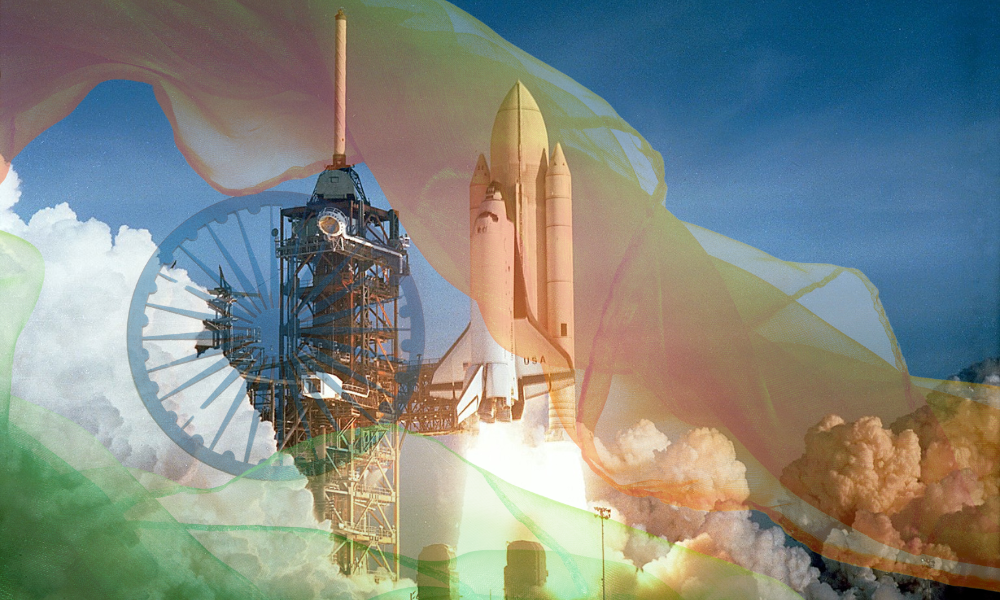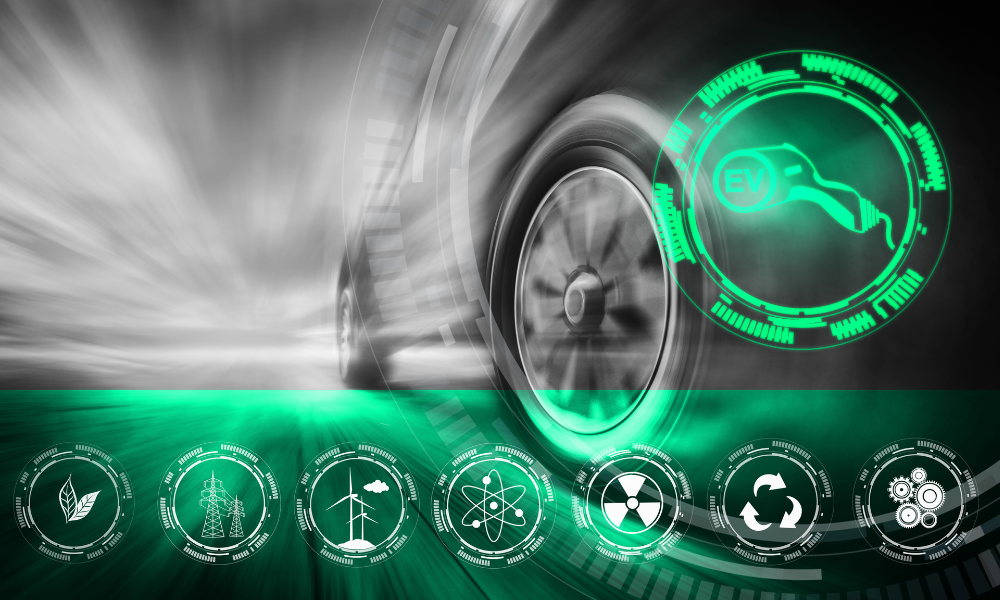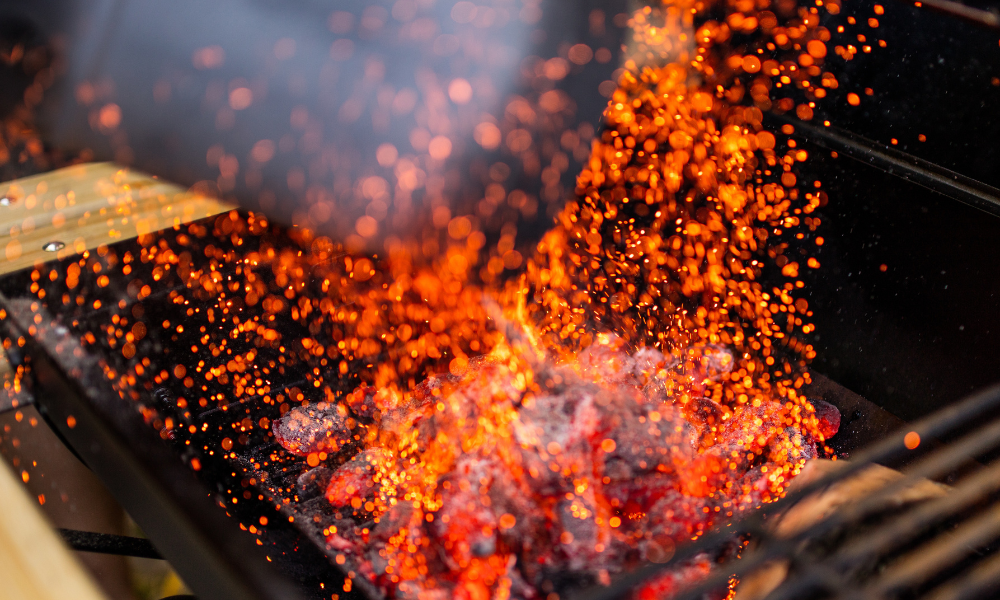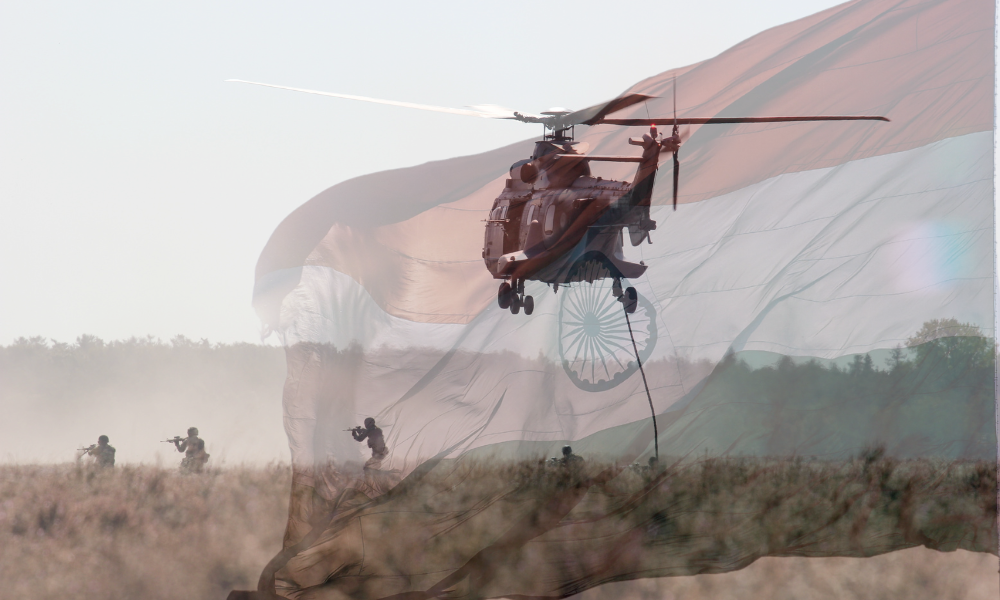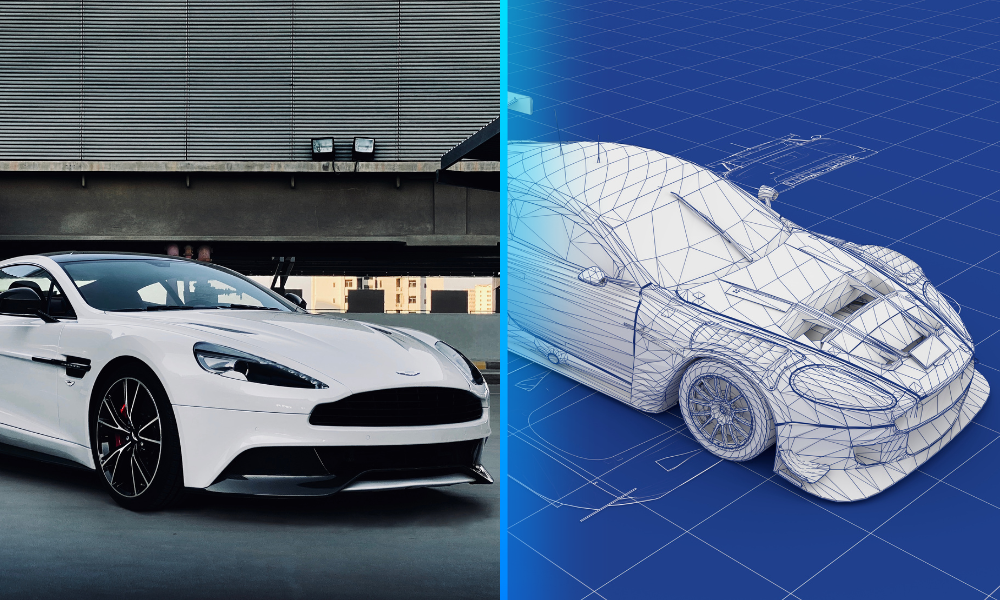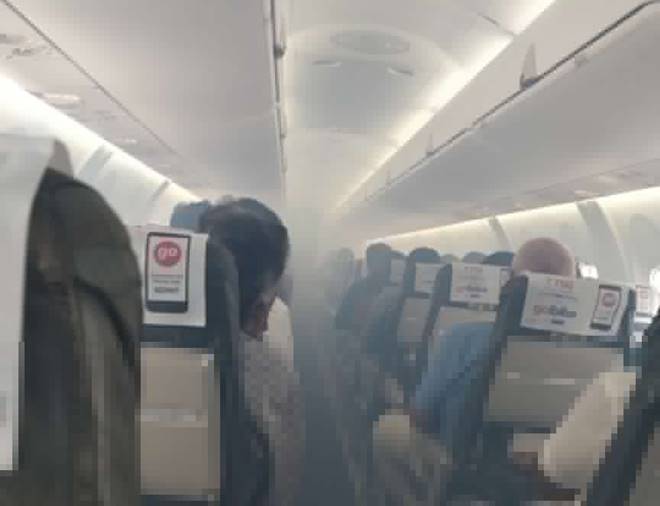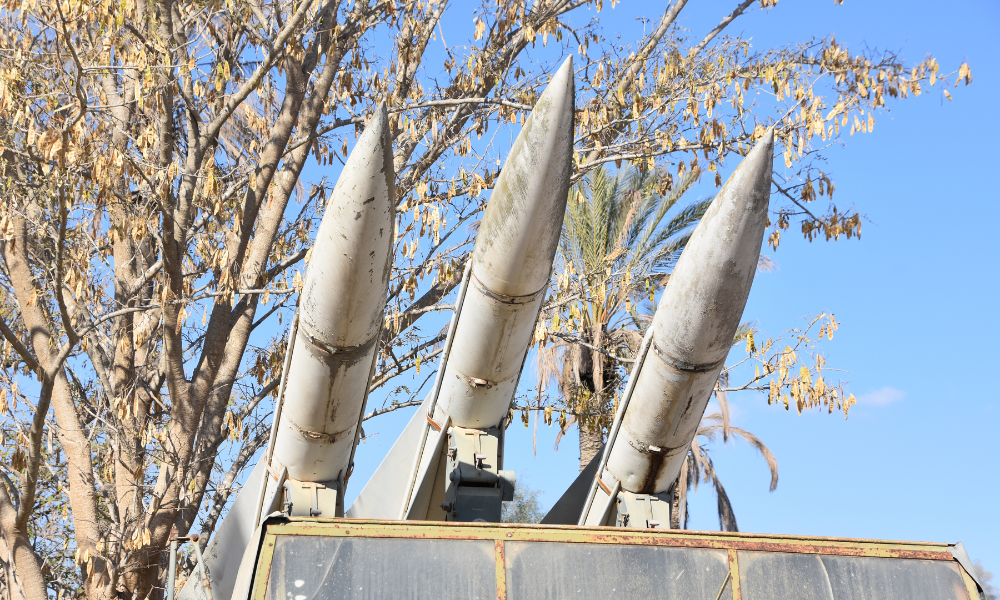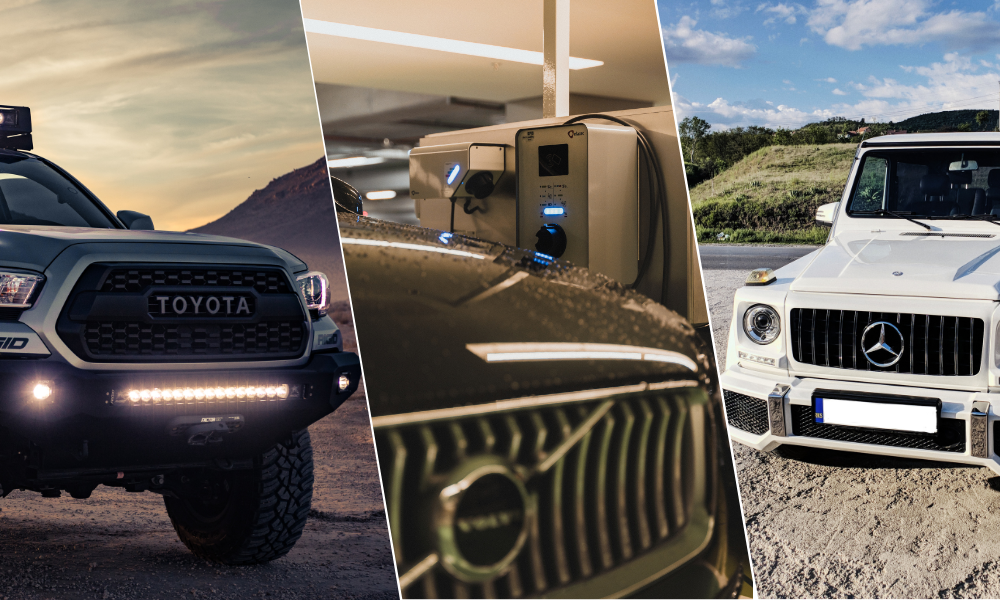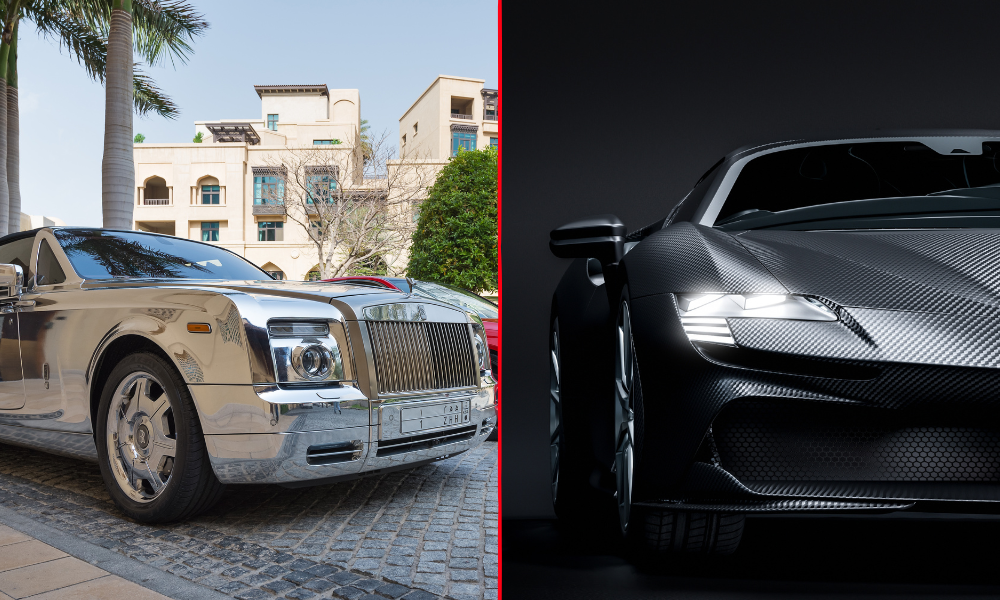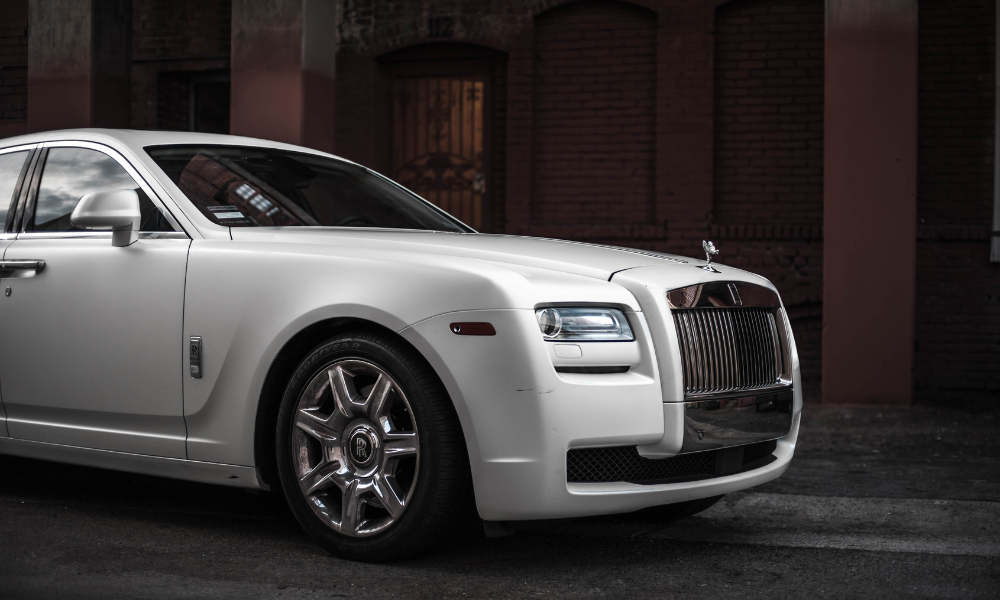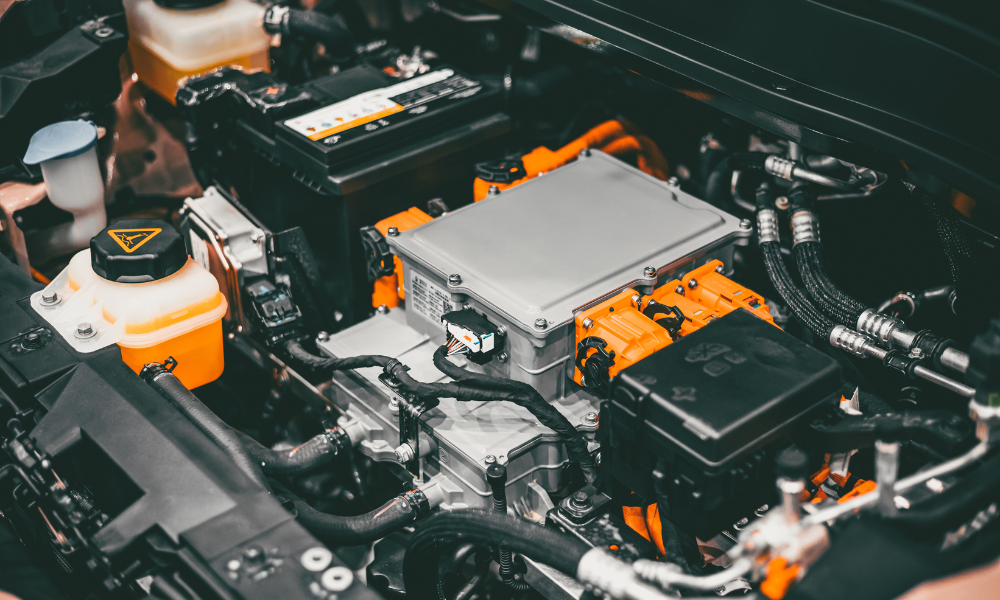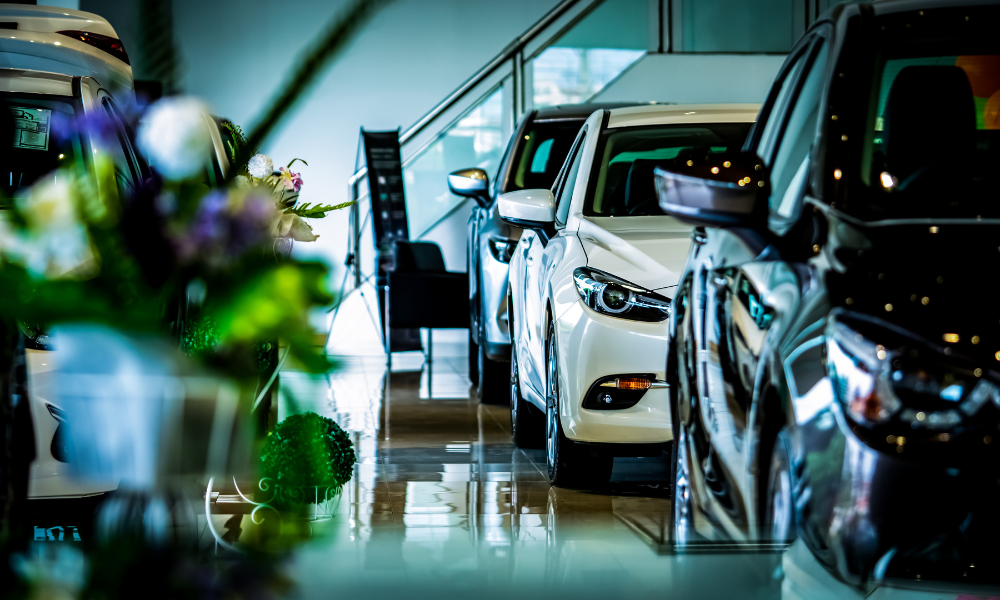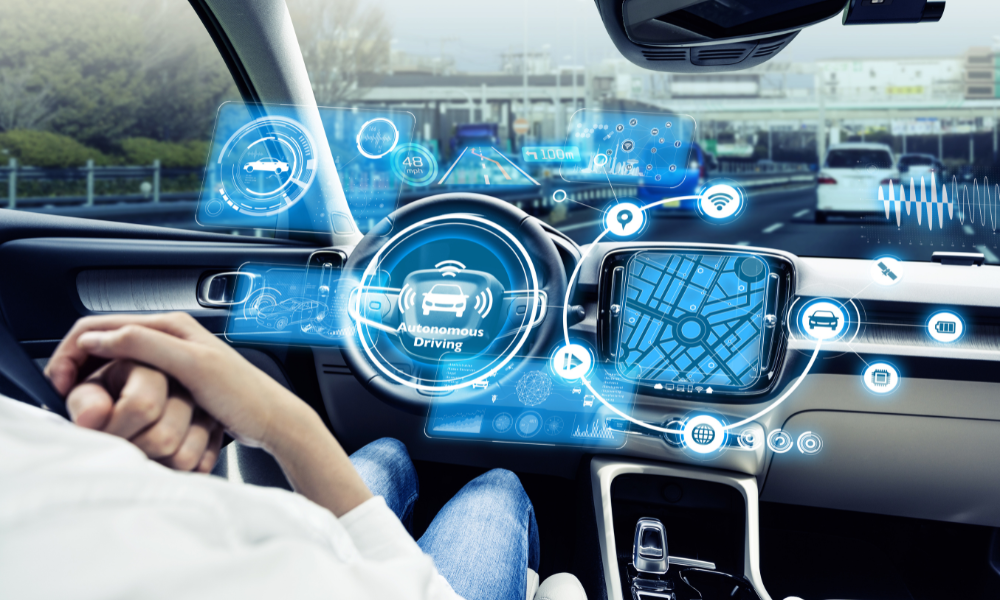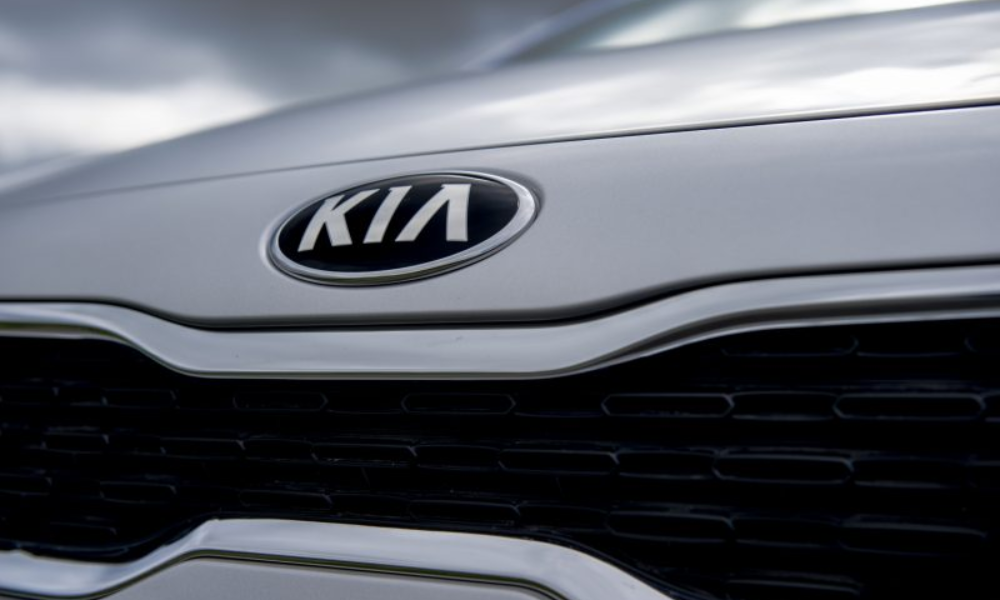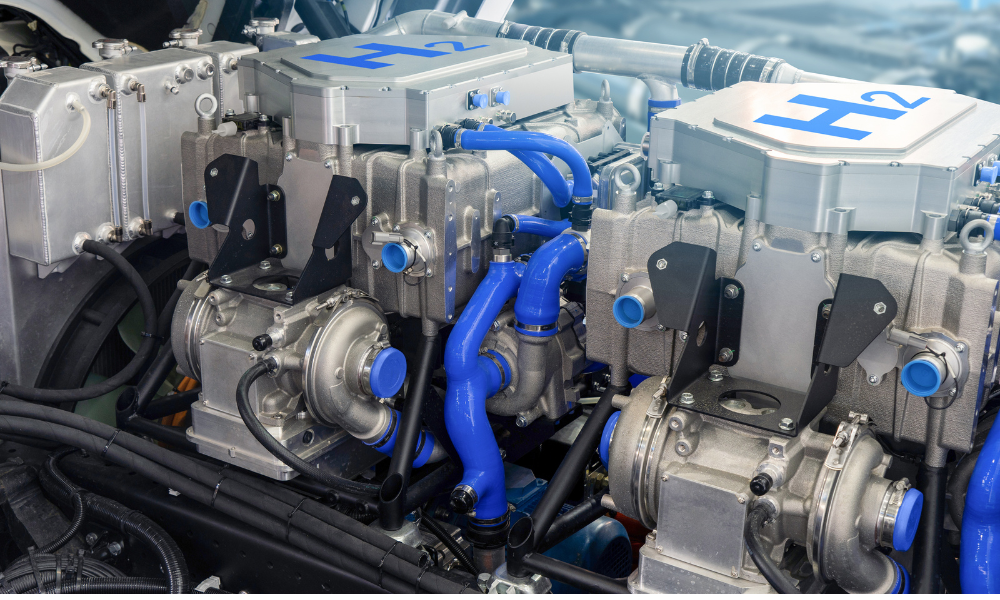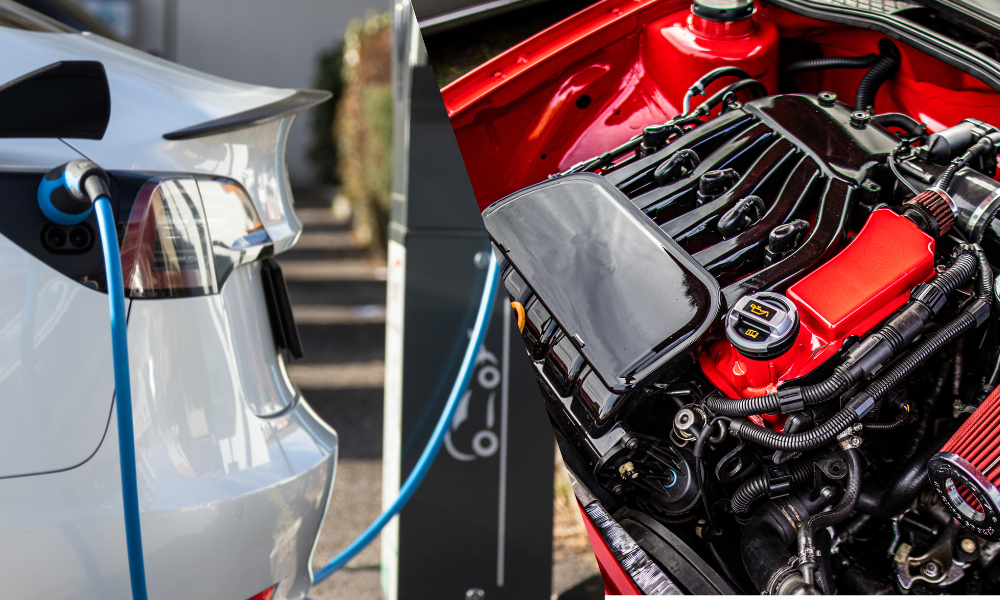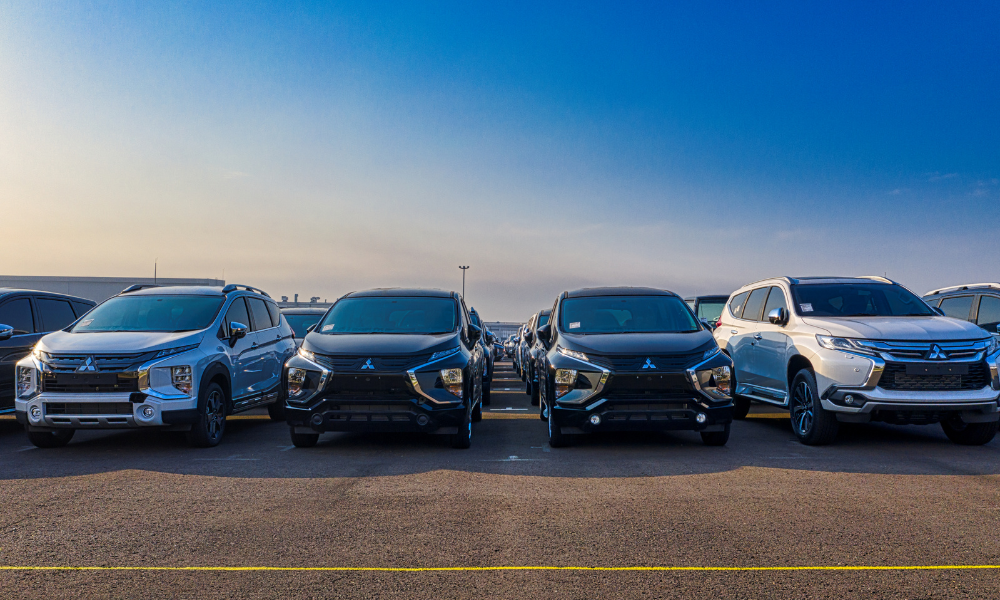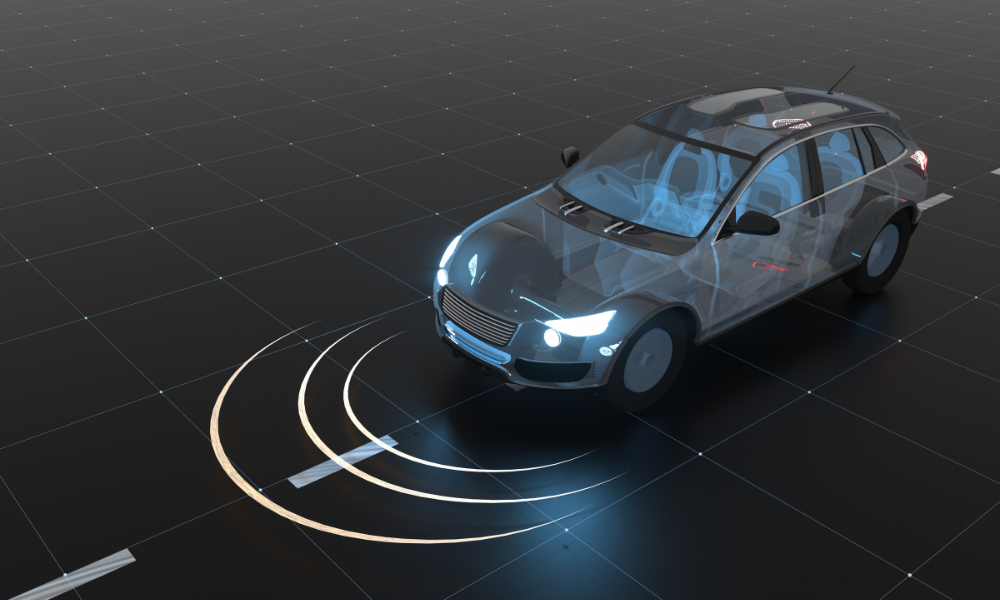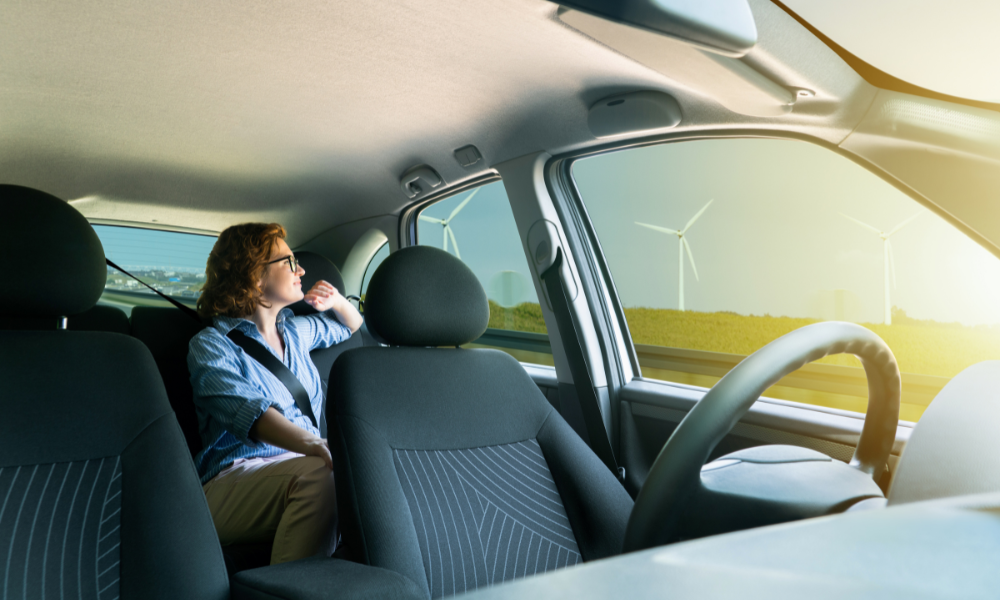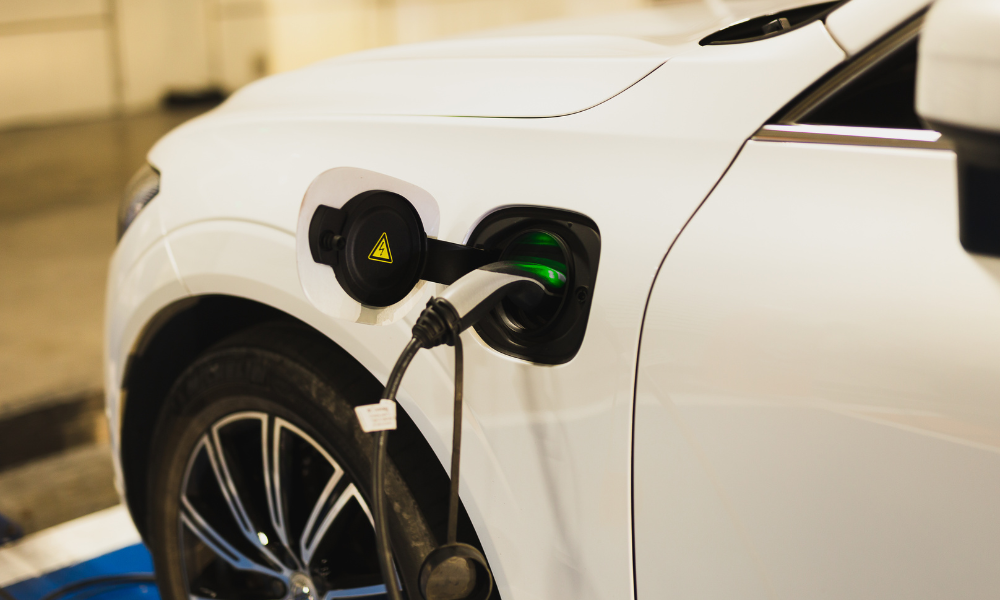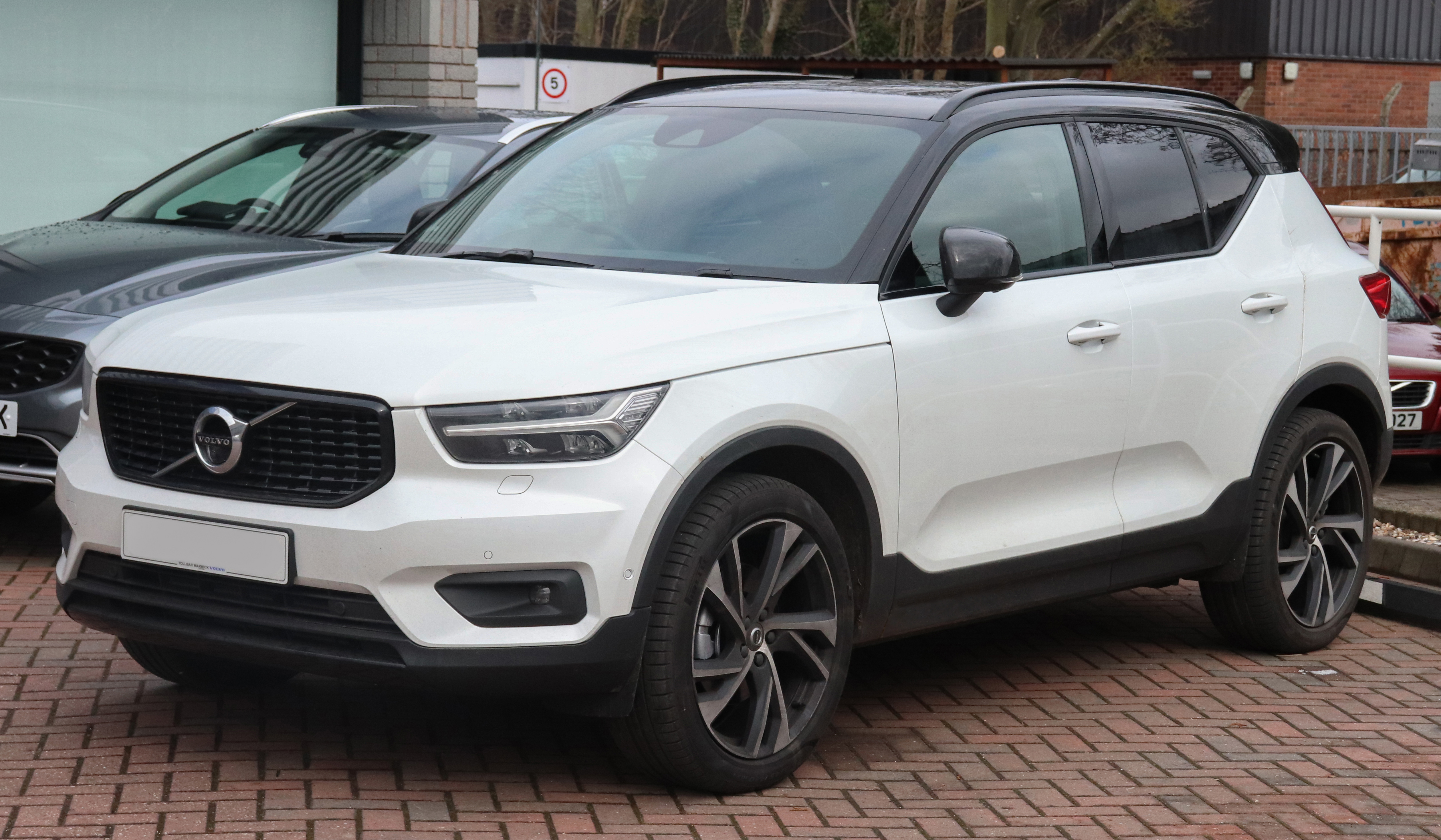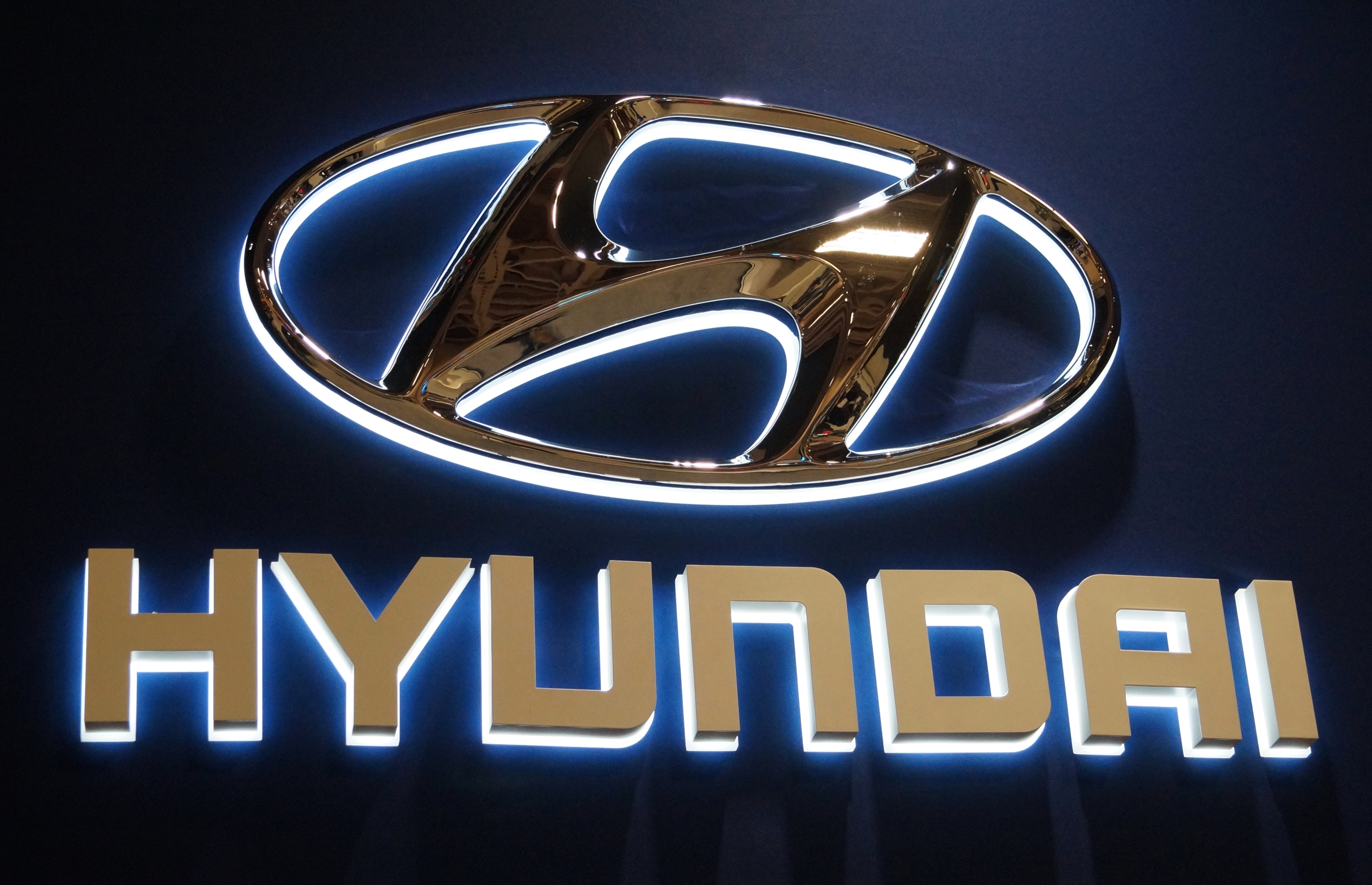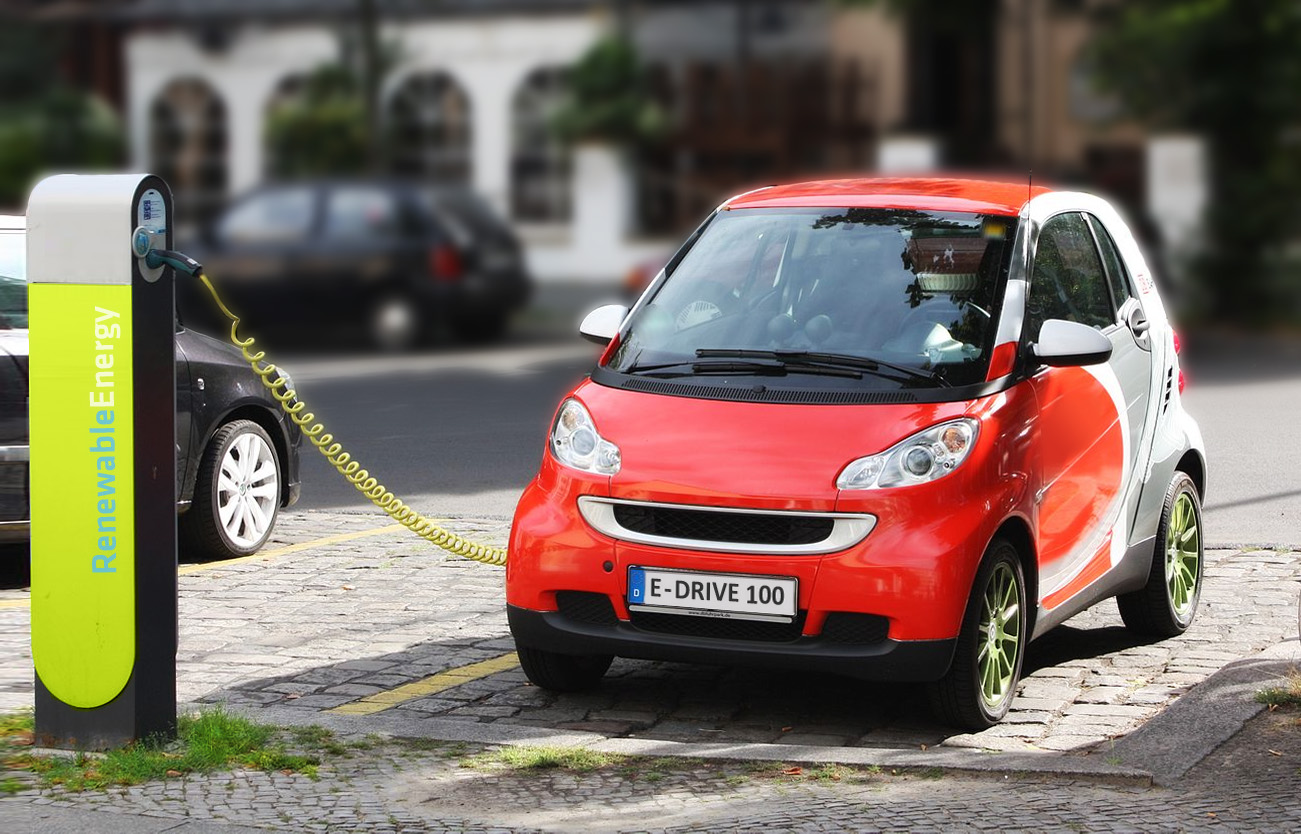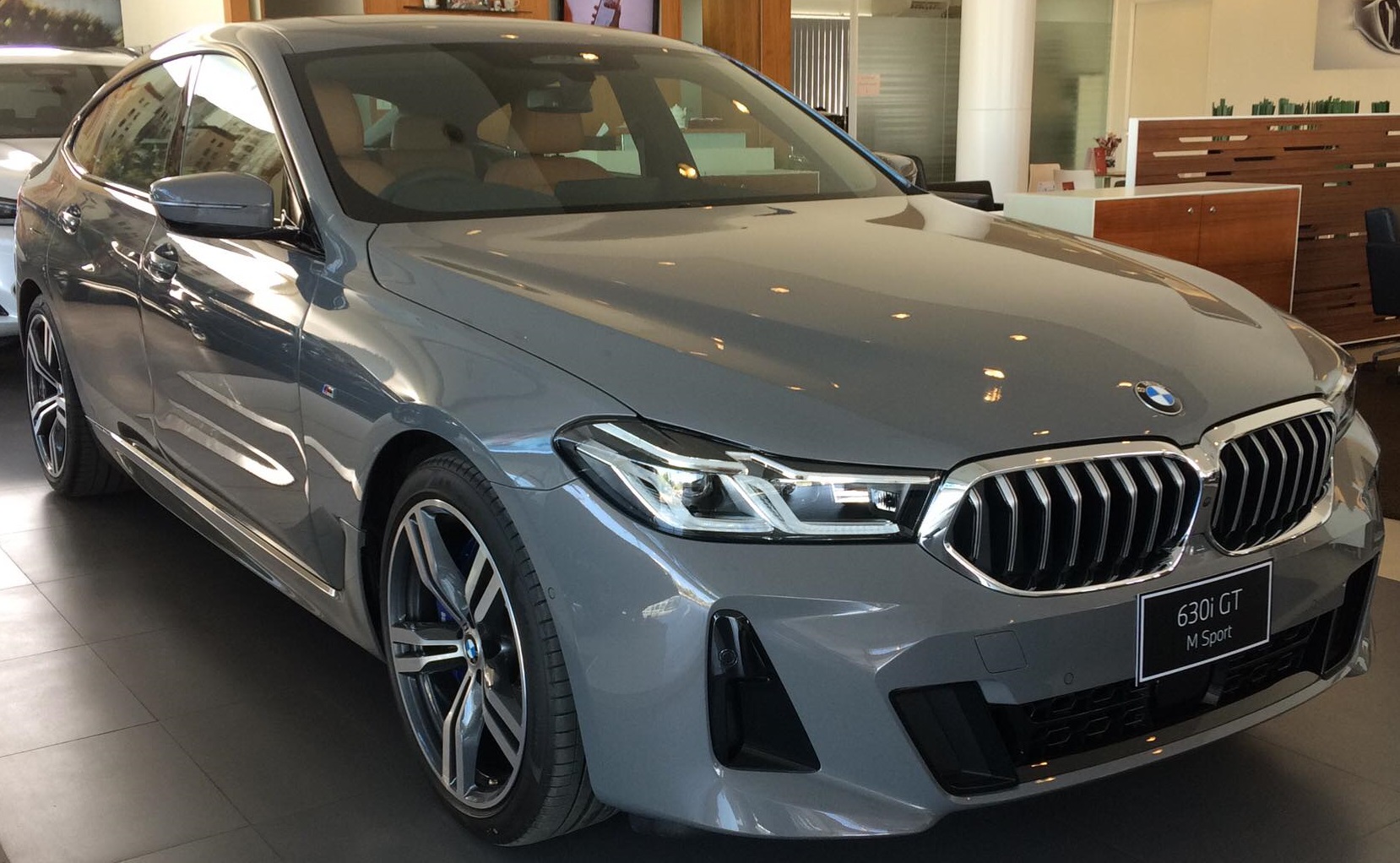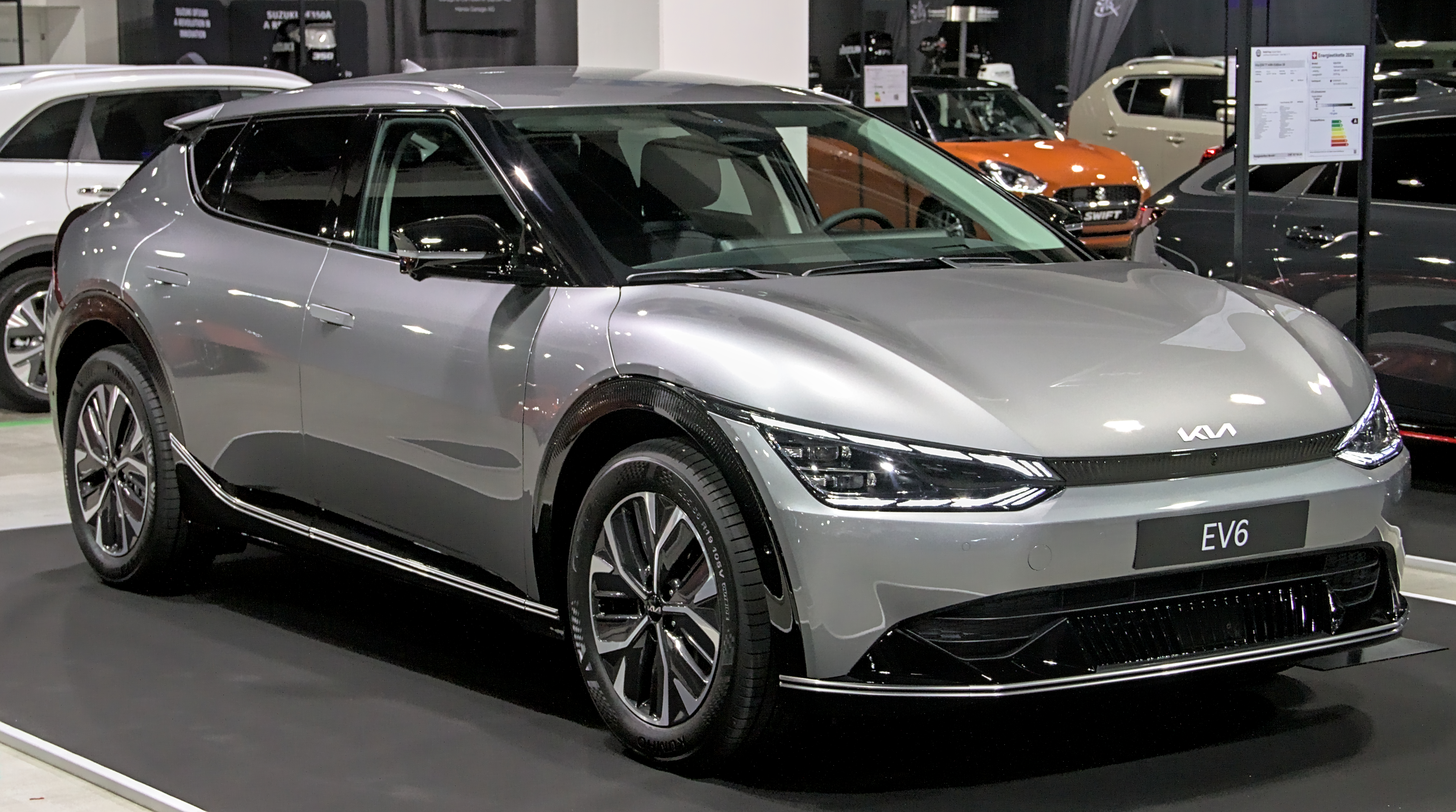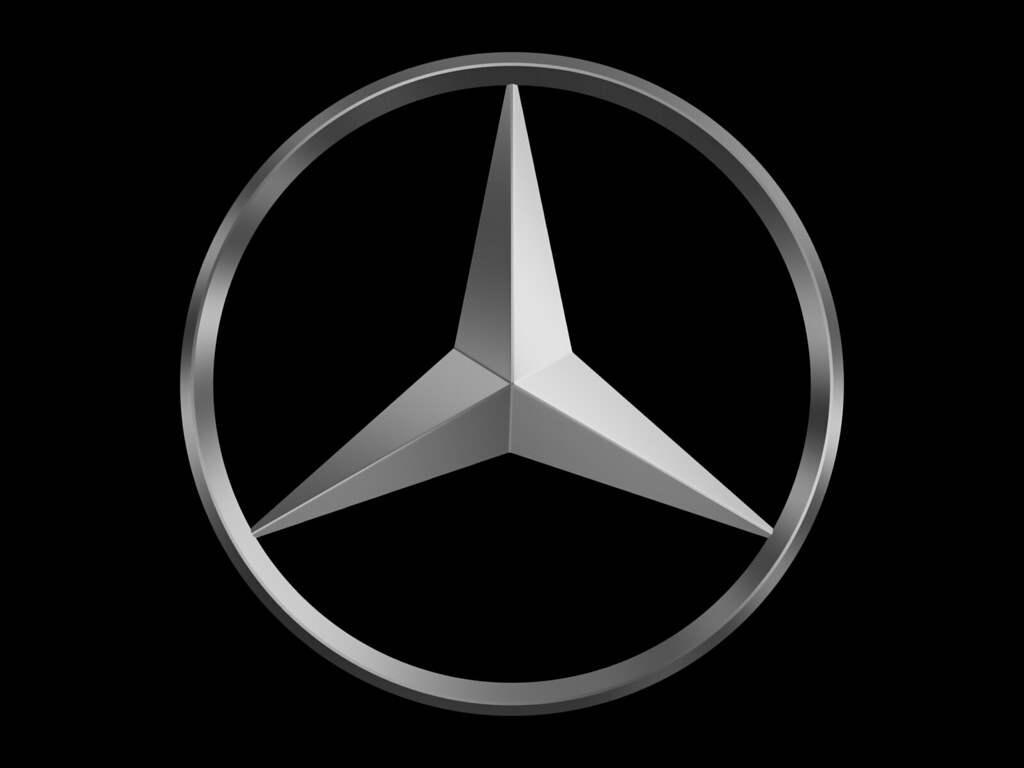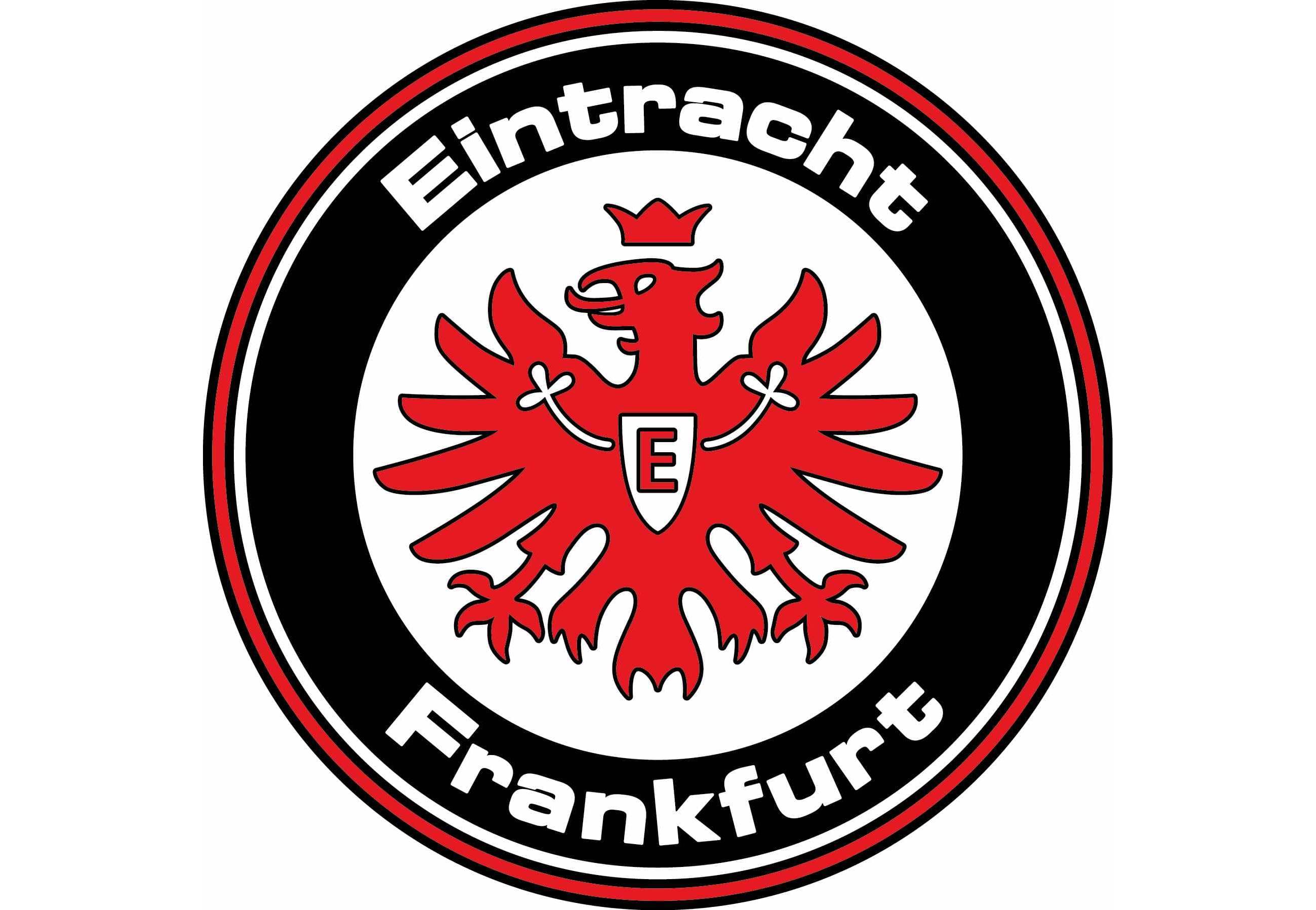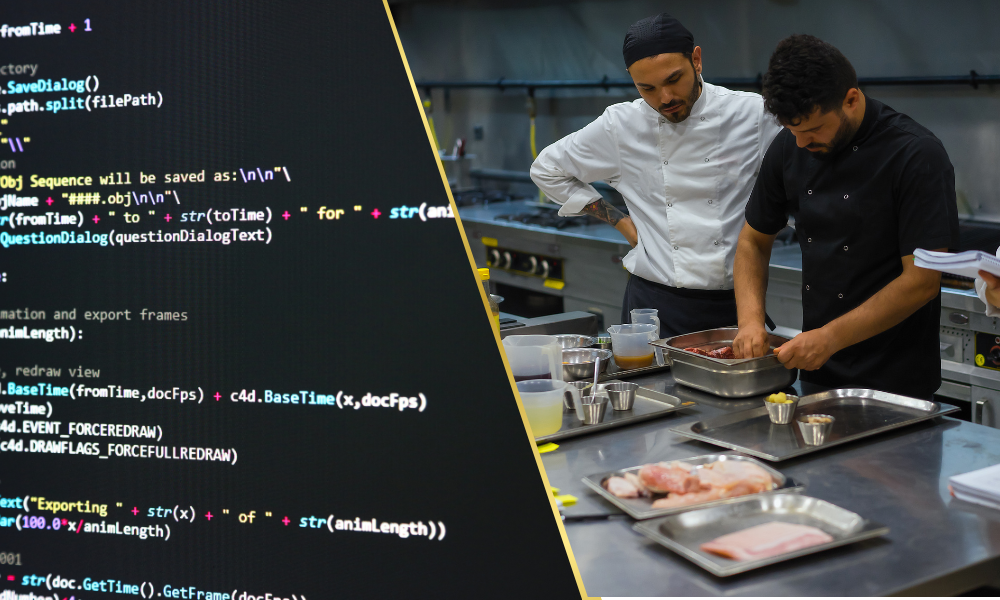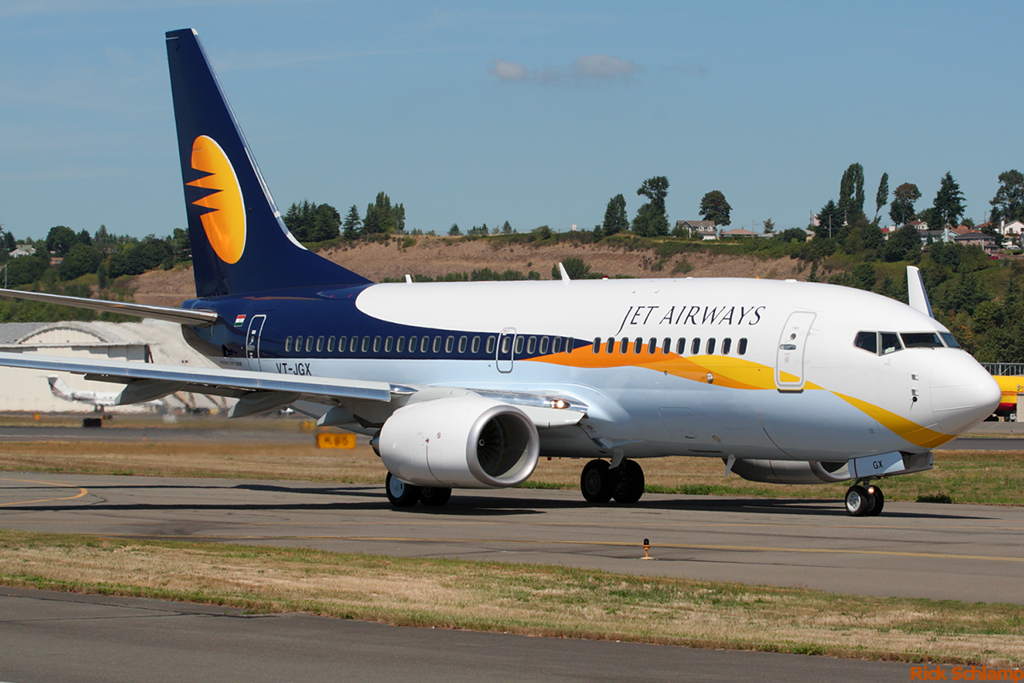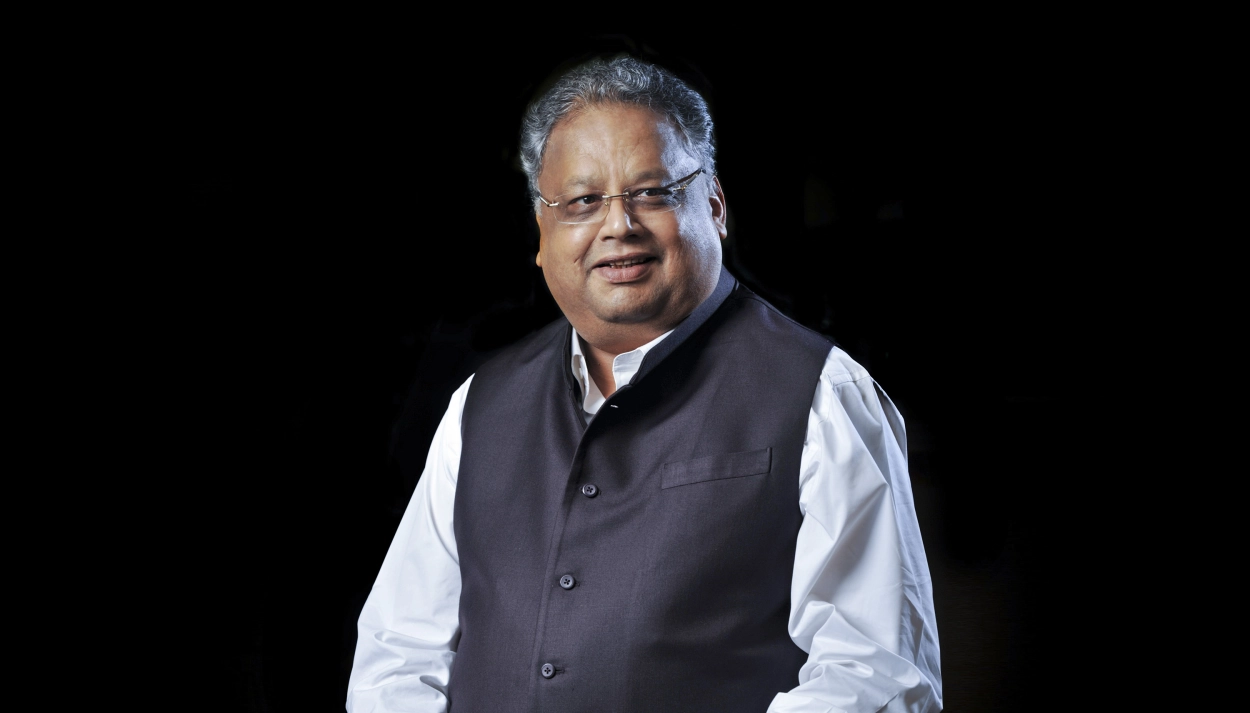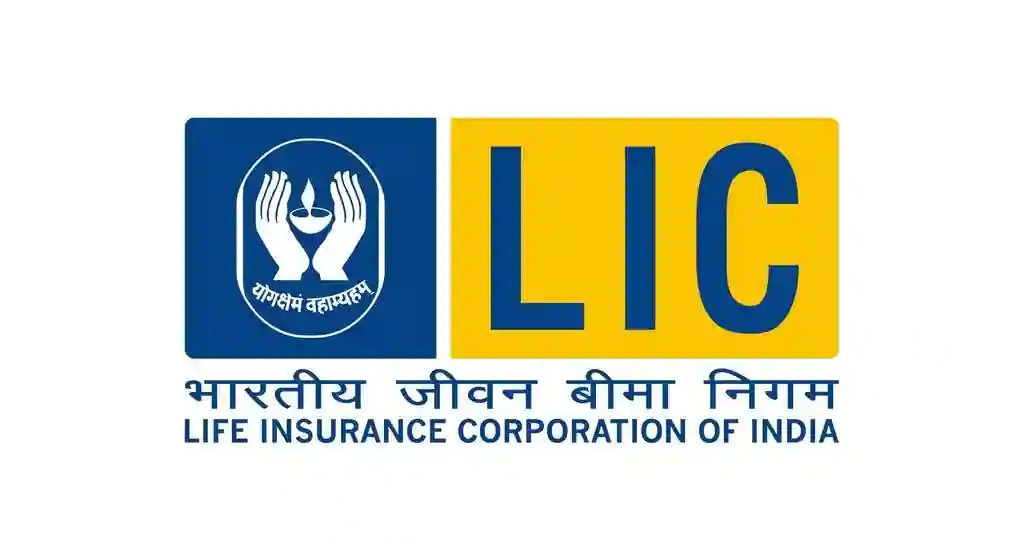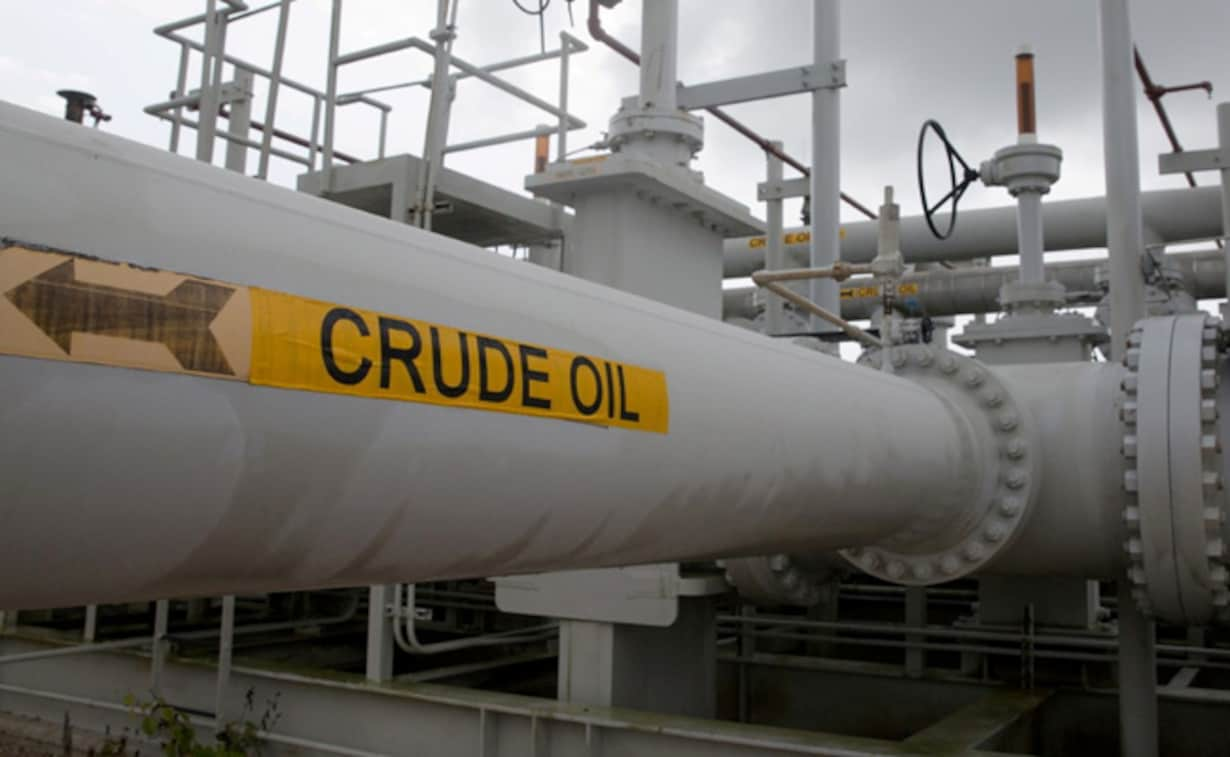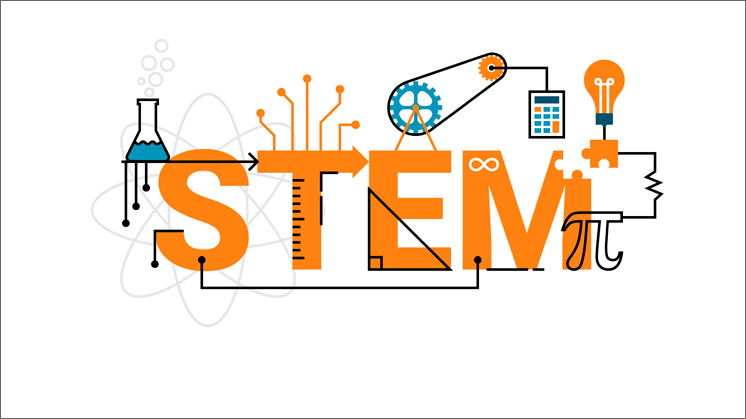#VTOL #VerticalTakeoffAndLanding #ElectricPropulsion #DEP #HybridVTOL #AdvancedMaterials #AutonomousVTOL #UrbanAirMobility #AerialTransportation #FutureOfAviation
In the ever-evolving landscape of aviation, Vertical Takeoff and Landing (VTOL) technology stands out as a revolutionary concept that is reshaping the way we think about aerial transportation. VTOL vehicles, capable of taking off and landing vertically without requiring a runway, are witnessing a surge in interest and investment due to their potential to transform various industries, from urban mobility to logistics and beyond. In this blog, we delve into the exciting emerging trends in VTOL technology and how they are poised to shape the future of aviation.
-
Electric Propulsion: Powering the Future of VTOL One of the most significant trends in VTOL technology is the shift towards electric propulsion systems. Traditional helicopters rely on internal combustion engines, which are not only noisy but also environmentally unfriendly. In contrast, electric propulsion offers several advantages, including reduced noise levels, lower operating costs, and decreased carbon emissions. Companies like Joby Aviation and Lilium are leading the charge in developing electric VTOL aircraft that promise to revolutionize urban air mobility while prioritizing sustainability.
-
Distributed Electric Propulsion (DEP): Enhancing Efficiency and Safety Distributed Electric Propulsion (DEP) is another emerging trend that is gaining traction in the VTOL space. DEP involves distributing multiple electric motors and propellers across the airframe, allowing for more precise control and redundancy. By spreading propulsion throughout the aircraft, DEP enhances efficiency, reduces noise, and improves safety by mitigating the impact of motor or propeller failures. This approach is driving innovation in VTOL aircraft design, enabling the development of next-generation vehicles with unprecedented performance capabilities.
-
Hybrid VTOL Solutions: Bridging the Gap Between Efficiency and Range While electric propulsion offers many advantages, range limitations remain a significant challenge for VTOL aircraft. Hybrid VTOL solutions seek to address this issue by combining electric propulsion with conventional fuel-powered systems. By utilizing hybrid powertrains, these aircraft can achieve greater range and endurance while retaining the environmental benefits of electric propulsion. Companies like Volocopter and Vertical Aerospace are exploring hybrid VTOL architectures to unlock new possibilities in aerial transportation, including longer-range urban air mobility and regional air travel.
-
Advanced Materials and Manufacturing Techniques: Enabling Lightweight and Efficient Designs Advancements in materials science and manufacturing techniques are driving innovation in VTOL aircraft design. Lightweight composite materials, such as carbon fiber and graphene, offer high strength-to-weight ratios, allowing for the construction of robust yet lightweight airframes. Additive manufacturing technologies, such as 3D printing, enable the rapid prototyping and production of complex components, leading to more efficient and cost-effective aircraft development. By leveraging these advancements, VTOL manufacturers can create aircraft that are not only more aerodynamic and fuel-efficient but also easier to maintain and repair.
-
Autonomous Operations: Paving the Way for Unmanned VTOL Systems Autonomy is poised to revolutionize the VTOL industry by enabling the development of unmanned aerial vehicles (UAVs) for various applications, including aerial taxis, cargo delivery, and surveillance. Advances in artificial intelligence, machine learning, and sensor technology are making autonomous VTOL operations increasingly feasible, with companies like EHang and Skydio leading the way in developing autonomous aerial platforms. By removing the need for onboard pilots, autonomous VTOL systems can reduce operational costs, enhance safety, and unlock new opportunities for aerial transportation and logistics.
The future of aviation is taking off with Vertical Takeoff and Landing (VTOL) technology at the helm. From electric propulsion and distributed electric propulsion (DEP) to hybrid solutions and advanced materials, the VTOL landscape is evolving at a rapid pace, driven by innovation and technological breakthroughs. As VTOL aircraft become more efficient, sustainable, and autonomous, they are poised to revolutionize urban mobility, logistics, and beyond, ushering in a new era of aerial transportation that is safer, greener, and more accessible than ever before.
Powered by: Oh! Puhleeez Branding Agency & NowUpskill
#VTOL #VerticalTakeoffAndLanding #ElectricPropulsion #DEP #HybridVTOL #AdvancedMaterials #AutonomousVTOL #UrbanAirMobility #AerialTransportation #FutureOfAviation





